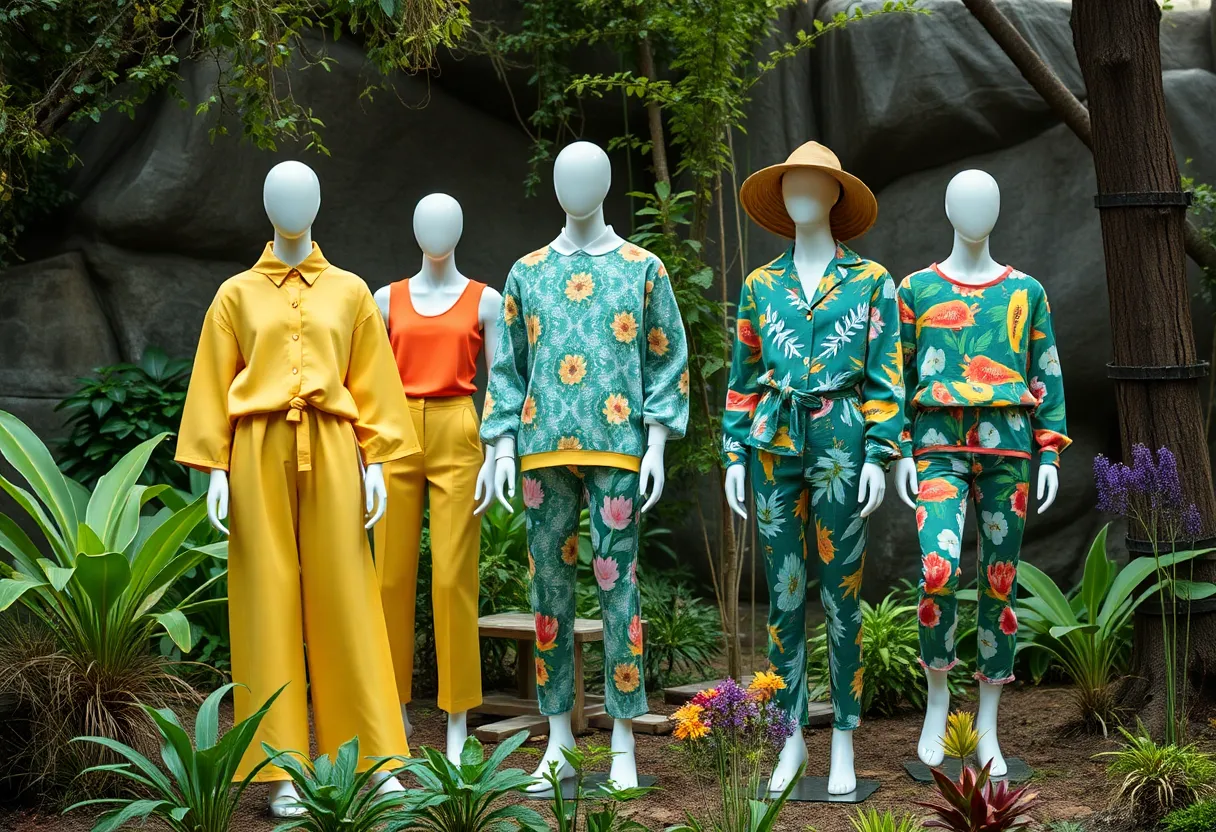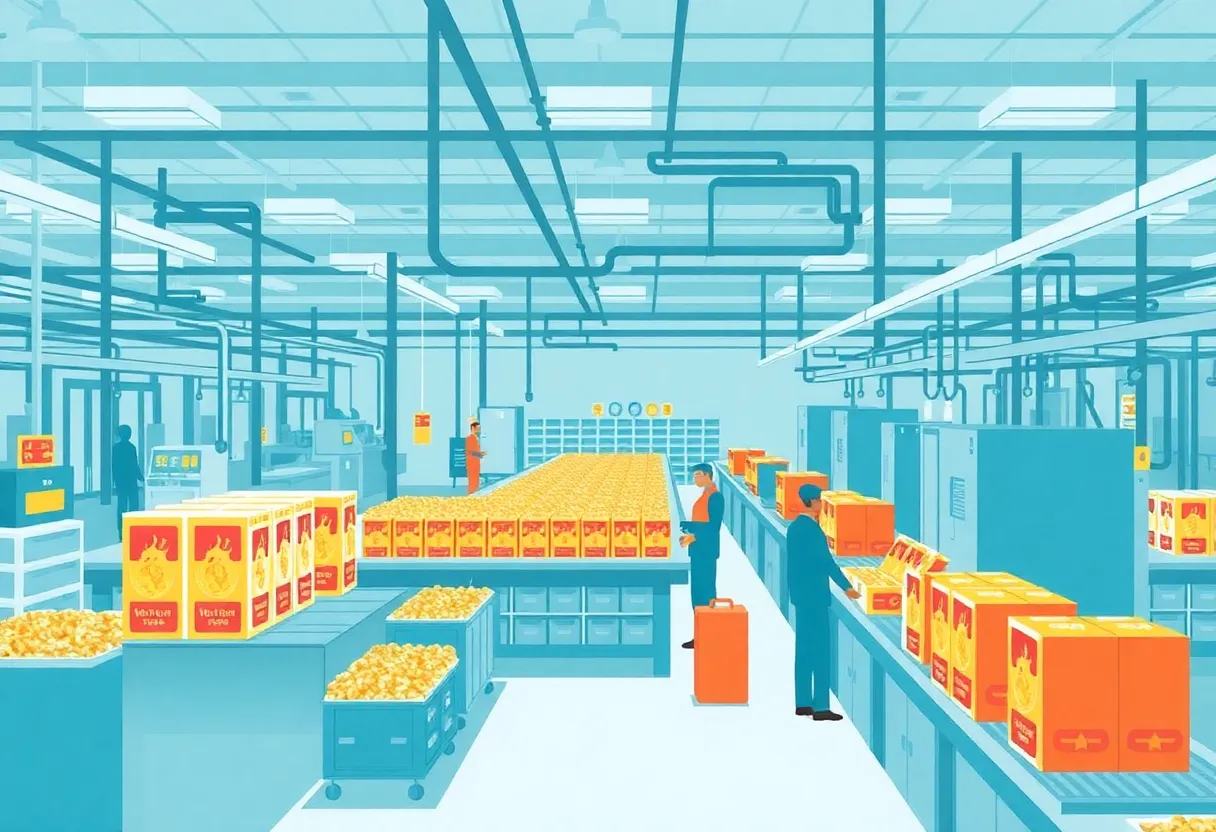News Summary
The fashion industry is grappling with significant sustainability challenges and a waste crisis, contributing to greenhouse gas emissions and environmental degradation. Recent discussions and events, such as sustainable fashion weeks, are pushing for change, but issues like greenwashing and high costs raise ethical questions. Despite criticism, brands committed to eco-friendly practices are emerging, and there’s a notable shift towards secondhand luxury markets, indicating a potential path forward for the industry amid economic pressures.
The Fashion Industry Faces Sustainability Challenges Amidst Greenwashing and Waste Crisis
Today’s fashion landscape is undergoing a huge transformation as it wrestles with _huge sustainability challenges_. Did you know that the fashion industry is responsible for a staggering eight percent of total greenhouse gas emissions? This troubling statistic isn’t just a number; it reflects the urgent need for change within an industry that many believe is deeply flawed. Sustainable Fashion Week UK made headlines recently by stating that the current fashion model is not just wasteful, but “cannot sustain itself,” shining a light on the critical issues at play.
A Glimpse into Wastefulness
Every year, an alarming 39,000 tons of clothing are dumped in the Atacama Desert, a stark reminder of the waste crisis. The fashion industry isn’t just throwing clothes away; it’s also consuming resources at an alarming rate. It has the highest water consumption of any sector, generating about 20 percent of the world’s wastewater. With such harsh environmental impacts, traditional major fashion weeks, like those held in New York, Paris, and Milan, are often slammed for being spectacles of excess, where pollution and waste run rampant.
Fast Fashion’s Influence
We’ve all seen how fast fashion can sway our shopping habits, leading to impulsive purchases driven by quickly changing trends. This not only contributes to a culture of excess but also impacts responsible consumer behavior. However, as a response to this environmental turmoil, recent years have birthed sustainable fashion weeks emphasizing eco-friendly practices.
A New Framework for Change
Events like London Fashion Week and Copenhagen Fashion Week are stepping up to create a sustainability requirements framework for brands. The CEO of Copenhagen Fashion Week, Cecilie Thorsmark, is optimistic, noting that these fashion events can indeed serve as platforms to drive positive change. The drive towards sustainability is becoming more a part of the conversation within these prestigious events.
Fashion Events Evolving into Platforms for Activism
Fashion has transitioned from merely showcasing clothing to becoming a stage for activism. Designers like Vivienne Westwood have used their platforms to champion causes — her Homo Loquax runway show at London Fashion Week 2019 highlighted environmental advocacy. Despite these efforts, some critics argue that even “sustainable” fashion shows are still trapped in outdated business practices.
The Numbers Behind Fashion Shows
Interestingly, the costs associated with running a fashion show have ballooned to unprecedented levels, with events like New York Fashion Week now costing between $300,000 and $400,000. This spike raises questions about ethics as the industry battles with the danger of greenwashing, where brands exaggerate their environmental efforts to appear more eco-friendly.
Mixed Standards and Controversial Designs
A recent complaint about Copenhagen Fashion Week pointed out low sustainability standards and called out the lack of enforcement. Meanwhile, fashion designer Gabriela Hearst stirred up controversy by debuting a mink coat made from repurposed python skins at Paris Fashion Week. It raises eyebrows — even among environmentally conscious consumers — about what “sustainable” can truly mean.
A Bright Spot in Sustainability
On a positive note, brands like Stella McCartney are committed to truly eco-friendly practices, embedding them deeply into their business models. Fashion Weeks in locations like Costa Rica, São Paulo, and Lagos are focusing on eco-friendly designs, slow fashion, and sustainability, showcasing local craftsmanship and moving the industry towards a more sustainable future.
Economic Pressures Necessitating Change
As economic pressures mount and luxury brands face declining sales due to rising inflation and a cost-of-living crisis in Western markets, there’s a pressing need for innovation in marketing strategies. Fortunately, this has also given rise to a cultural renaissance in Africa, attracting major global brands eager to tap into evolving fashion trends.
The Secondhand Luxury Boom
Looking ahead, the secondhand luxury market is projected to grow significantly as more consumers seek sustainable options. Brands need to adapt to the reality of balancing traditional and digital marketing channels to effectively engage diverse audiences. Collaborations with influencers and cultural figures have become critical for luxury brands to maintain relevance.
To cap it all off, the upcoming launch of the NikeSkims collaboration signals an exciting blending of activewear and high fashion, targeted to appeal to a broader audience. While challenges lie ahead for the fashion world, it seems there’s hope on the horizon as the conversation around sustainability and ethical practices continues to evolve.
Deeper Dive: News & Info About This Topic
HERE Resources
Forever 21 Files for Chapter 11 Bankruptcy Again
The Shift to Digital: Legacy Brands Embrace the Change
Relocation of Homeless Individuals in New Orleans Ahead of Super Bowl
Top Bathroom Design Trends of 2025: What’s In and What’s Out
The Rise of Ethical Marketing: Aligning Social Responsibility with Success
Additional Resources
- McGill Daily: Marketing Sustainability and Greenwashing in Fashion Weeks
- Wikipedia: Fashion Industry
- OpenPR: Online Fashion Retail Market Insights
- Business Insider: Luxury Fashion Marketing Strategies
- Ecotextile: US Secondhand Fashion Market Growth
- Encyclopedia Britannica: Sustainability







